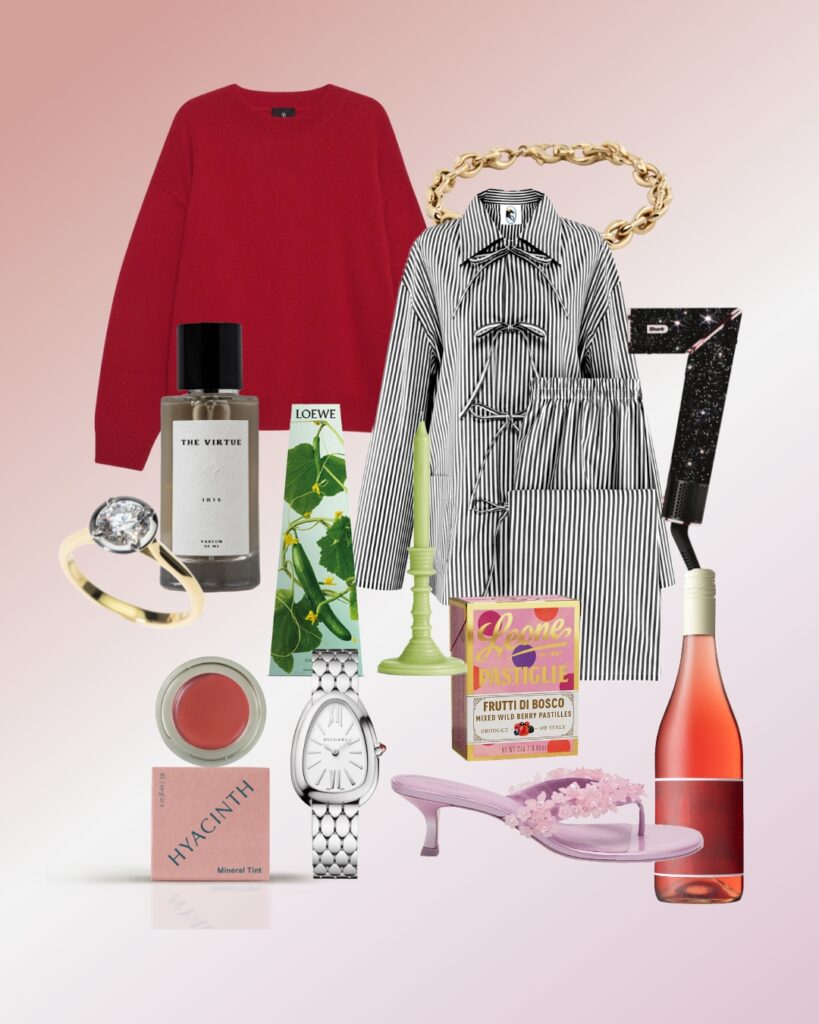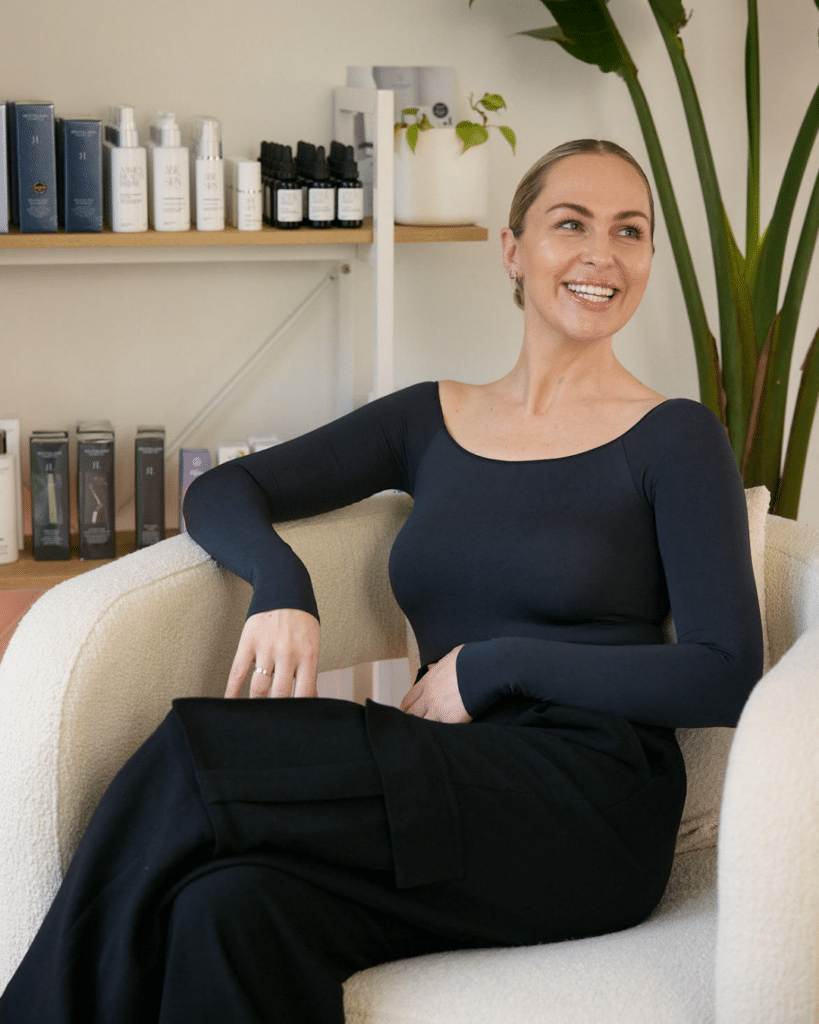Dedicate some time to understand the different stages in your menstrual cycle and discover the tips and tricks to avoid major #PMS, period.
Feeling full of beans one minute then completely flat the next, getting those chocolate cravings you just have to satisfy, and becoming irritated by your s/o for absolutely no reason are all annoying symptoms of the hormonal fluctuations that occur throughout the month for women.
The good news is, if you become aware of where you’re at in your cycle, you can use this knowledge to your advantage — especially when it comes to exercise. The changing levels of reproductive hormones (oestrogen, progesterone and testosterone) all impact the way our bodies respond to exercise, giving us different strengths at different times throughout our cycles, says Twyla Watson from beingwell.co.nz.
She’s a naturopath, nutritionist, herbalist, personal trainer and yoga instructor who holds workshops and seminars based around women’s health and the topic of charting your cycle to help your hormones work for, rather than against, you.
“We don’t live in a ‘cycle-centric’ world, but if we did, if we truly listened and responded to how our body feels during the different phases of our cycle, it could radically change our experience of our menstrual cycle,” she explains.
To help us crack the code on just how to sync our menstrual cycles to our, er, exercycles, we asked Twyla to give us the rundown.
Phase one – Menstruation (day 1 to 5-ish)
AKA your period, the menstruation phase occurs when your uterus sheds its inner lining of soft tissue and blood vessels.
Exercise
During menstruation, our reproductive hormones are low across the board but activity within the body is high as the lining of the uterus comes away. We can feel lower in energy and more introverted, particularly in the first few days of heavier bleeding.
At this time, gentle activity such as menstruation-specific yoga (postures that open and release around the pelvic area and avoid abdominal contraction) is the best way to support the body. Napping is absolutely considered a sport in this phase of your cycle, too. As your flow begins to lighten, walking can be really beneficial.
Eating
Foods that are nourishing, warming, blood-building and easy on the digestive system are best during menstruation. Think miso soup with ginger, and light broths with cooked vegetables.
Phase two – Follicular (day 1 to 13-ish)
This phase also begins on the first day of menstruation but lasts for almost two weeks. It’s now that your pituitary gland secretes a hormone which stimulates the egg cells in your ovaries to grow.
Exercise
In the follicular phase, oestrogen levels begin to rise, stimulating dopamine and serotonin so you start to feel more motivated and energetic. Once you’re past the heavier bleeding, it’s a great time to kick into gear with your training. Cardiovascular exercises like swimming, jogging or running are great choices at this time in your cycle.
Eating
Focus on fresh, nutrient-dense foods with lots of healthy fats to provide building blocks for reproductive hormones and reduce inflammation.
Phase three – Ovulation (day 14-ish)
Ovulation occurs around halfway through your cycle, when the ovary releases the matured egg cell into the fallopian tube. Ovulation lasts between 12 and 48 hours but you are potentially fertile for up to seven days around this time.
Exercise
At ovulation oestrogen rises sharply and testosterone is at its highest point, too. This can give you a boost of energy and make you feel even more outgoing and confident. If you’ve been meaning to try out a new dance class, now is the time to do it! If dancing isn’t your thing, try some high-intensity interval training (HIIT) to make the most of your mojo in your ovulation phase.
Eating
Oestrogen has been building since the beginning of your cycle and is at its highest level right now. Light and cleansing foods that will help you to appropriately metabolise/detoxify this oestrogen are important in this phase.
These include things like fermented foods to help the good gut bacteria break down oestrogen, and lots of good fibre to help carry it out of the body. You may notice your appetite is naturally lower in this phase than any other, so if ever there was a time to try a shorter feeding window or an ‘intermittent fast’, this would be it.
Phase four – Luteal (day 15 to 28-ish)
If a sperm cell has not impregnated the egg cell during ovulation, it’s during the luteal phase that the egg cell disintegrates and your hormones prepare for the next menstrual cycle.
Exercise
In your luteal phase, it’s more appropriate to train for a shorter time period to keep the strain off the adrenal glands. Progesterone, the soothing/calming hormone that’s dominant in the second half of your cycle, is made from the same building blocks as the stress hormone cortisol. If you train too hard or too long now, your body will preferentially make stress hormones, leaving progesterone levels low.
Low progesterone is responsible for many of the uncomfortable symptoms related with the premenstrual phase. For women who do experience premenstrual symptoms, I always recommend getting out in nature to exercise during this phase.
Eating
Don’t beat yourself up if you get carbohydrate cravings in this phase — it’s really common as our body switches gear and starts to use energy differently. Instead, give yourself comforting and sustaining foods such as roast vegetable salads and coconut and cacao smoothies, and savour sweet mouthfuls of dark chocolate.
HOW DO YOU TRACK WHERE YOU ARE IN YOUR CYCLE?
Contrary to popular belief, not all women have a 28-day cycle and ovulate on day 14. This doesn’t necessarily mean your hormones need to be regulated; we all have our own unique cycle.
There are a couple of different ways to track your cycle so you can make the most of being in harmony with your hormones:
Twyla says: The symptothermal fertility awareness method
Using a combination of signs, including basal body temperature (your lowest body temperature during rest) and changes in cervical fluid, this method can help you to find the unique length of each phase of your cycle and understand your body better.
It can also help you to figure out if your cycle is just regularly irregular or if there is something else going on that may need to be addressed.
We say: Download a period-tracking app
Whether you have a regular cycle or not, it can be confusing trying to figure out the different phases — that’s where period-tracking apps come in handy. Each month, you log the first day of your period followed by various symptoms you notice throughout the weeks. Over time, the app can observe your symptoms and create a more accurate reading of your cycle.
This is super handy for indicating when you may be in your fertile window and also when your period is due, as well as when you hit the other phases in between. We rate Flo, Ovia and MyFlo — all available on iPhone and Android.
How do these phases work if you’re on the Pill?
Taking the oral contraceptive pill switches off the conversation between your brain and your reproductive system. A lot of people liken it to being pregnant but, in fact, it’s closer to being in menopause!
Our natural fluctuating hormones are replaced with synthetic steroid hormones that look similar, but act much differently in the body, so we lose the ebbs and flows of our cycle. Some women find that when they take the OCP their energy and performance is constant and they don’t need to modify the way they move throughout the month.
Others find it difficult to be consistent with a training programme, especially if the pill is affecting their moods or they’re not getting the results they’re expecting.
Being on the pill can also change the way our body responds to exercise. You might notice that it’s more difficult to build strength and muscle (due to synthetic hormones in some forms of the Pill), or harder to shift weight (thanks to insulin resistance caused by the OCP).
I would recommend, as always, doing what feels right for your body. If you feel great training one way around the clock, then great! But if this way of exercising doesn’t feel good to you and you’d like to try something else, give tracking by the moon (Google it!) a go and see how it feels to you.
As women, we are cyclic by our very nature and remembering that might be just what you need.
Words: Lucy Slight
Photos: Giphy, Instagram, Mike Rooke
This article originally appeared in Miss FQ, Issue 3, 2018.










